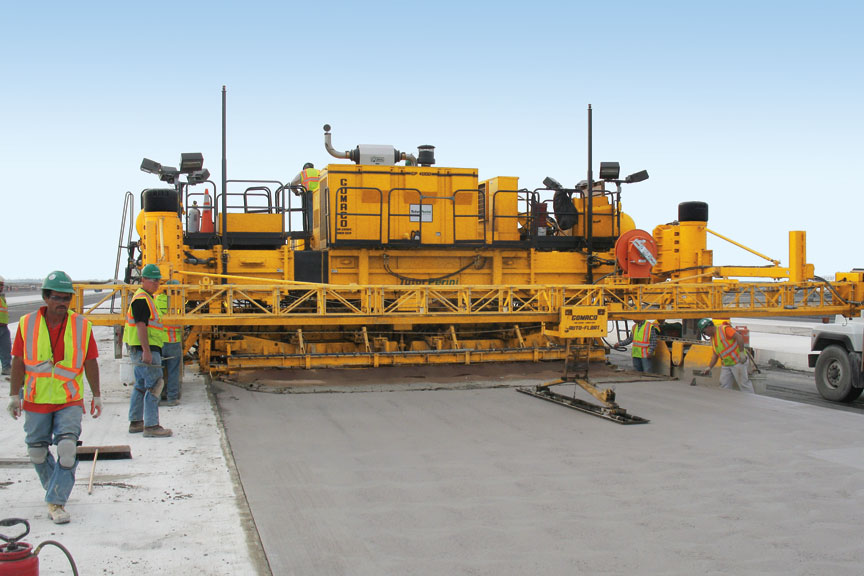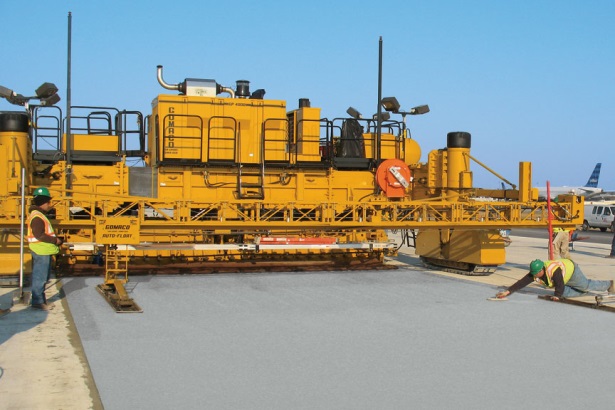The new concrete runway is 3,682 metres long by 61 metres wide with a concrete thickness of 450 mm requiring 100,000 cubic metres of concrete. It is situated on the Eastern side of JFK and is known as 4L-22R (runways by international convention are named according to their compass direction and position, long hand it’s: 40 degrees Left - 220 degrees Right, meaning its alignment is North East to South West).
The pavement was designed by the airport owner The Port of New York and New Jersey Authority and constructed by contractor Tutor Perini Civil Construction with concrete paving equipment supplied by the Gomaco Corporation.
Through the use of a concrete runway, the Port Authority expects reduced maintenance expenditure will deliver the lowest life cycle cost. On a previous similar concrete runway at the same airport (runway 13R-31L) they estimated a comparative saving of $US500 million over 40 years in pavement cost and importantly a reduction in flight delays of 10,500 hours per year for their flying customers – making concrete runways a clear winner.

